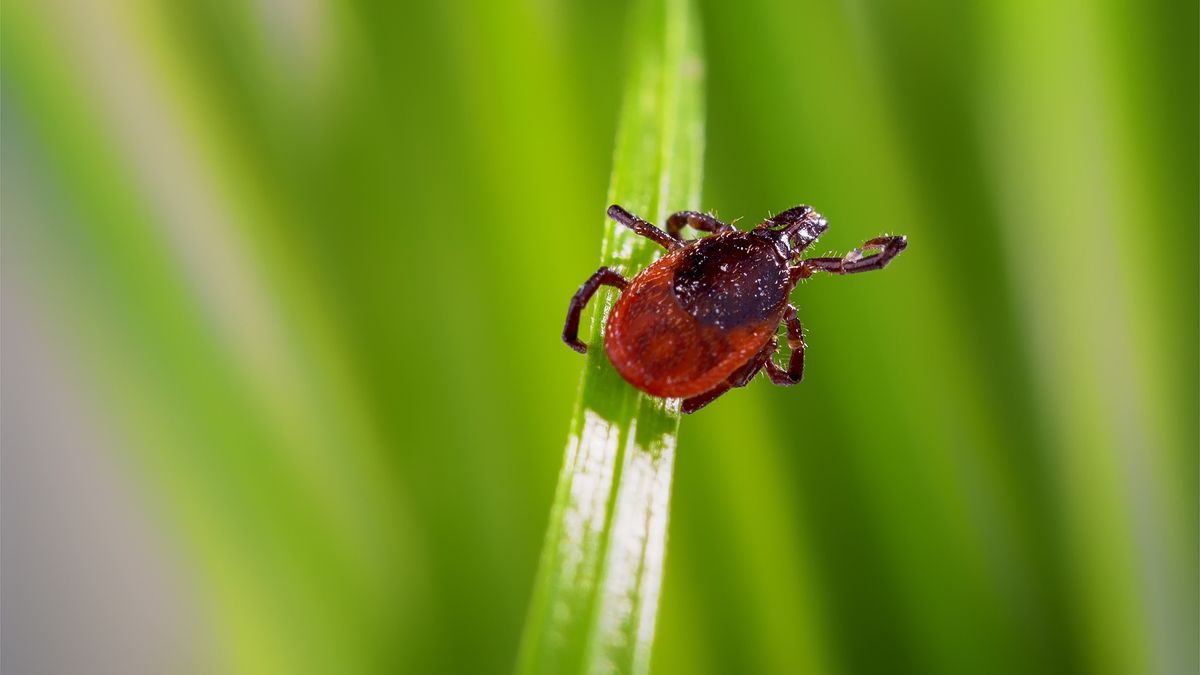It’s important to remove an attached tick as soon as you can because it lowers the odds that the tick will transmit a disease. For instance, the pathogens that cause Lyme and take several hours to transmit.
If you find a tick attached to your skin, use fine-tipped tweezers to grab the arachnid as close to the skin as possible. Pull upward evenly and steadily, without twisting, squeezing or crushing the latched tick. The goal is to remove the whole tick, without its barbed mouthparts breaking off in your skin, according to the AAD.
However, don’t panic if the tick’s head or mouthparts cannot be removed, Wormser said.
“They will remove themselves, like a splinter, on their own,” Wormser said. Similarly, the CDC states, “If you cannot remove the mouth easily with tweezers, leave it alone and let the skin heal.”
Never use chemicals or try to burn a tick to remove it, Wormser said; these remedies are more likely to make the tick cling tighter.
After you remove the tick, clean the site of the bite with soap and water or with rubbing alcohol to disinfect the wound, and then let it heal, the CDC advises. Wormser also recommends saving the tick in a jar or plastic baggie. You can then bring the tick to a health care professional, who may be able to determine the species of the tick and how long it was attached to your body.
Based on those results, if you are at risk of developing a tick-borne illness caused by bacteria, a doctor may be able to prescribe antibiotics before the onset of symptoms, Wormser said. (Note that some tick-borne illnesses are caused by other organisms, like parasites.) You should see a doctor if you develop a rash or fever within several weeks of removing a tick, the CDC says.

